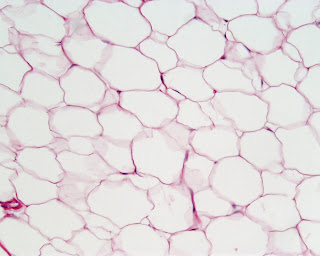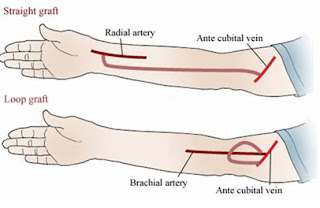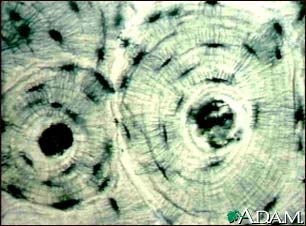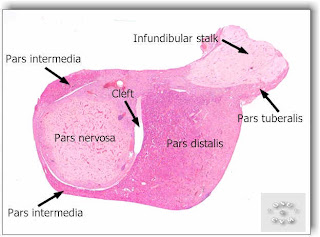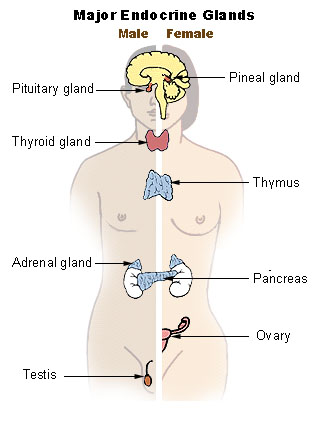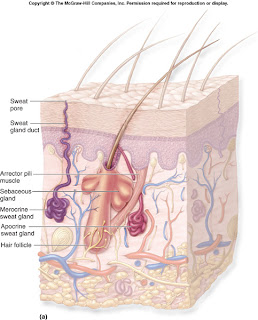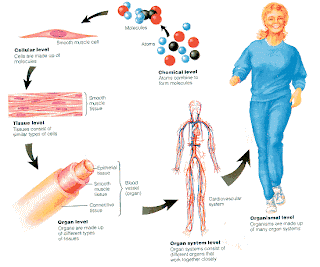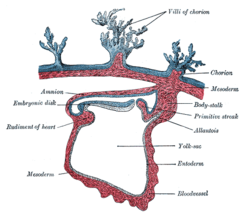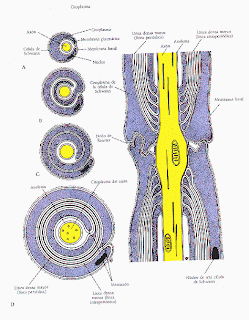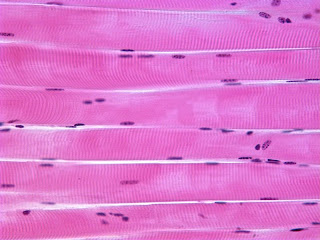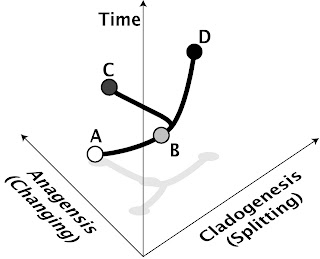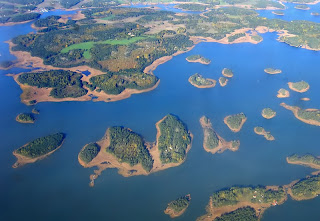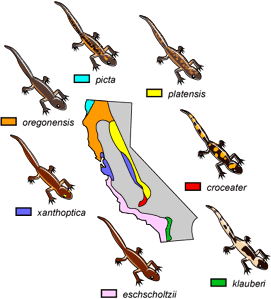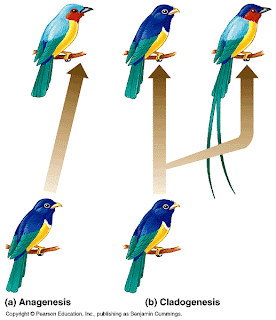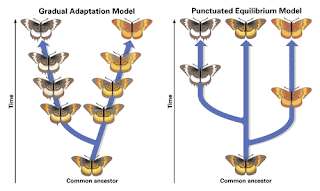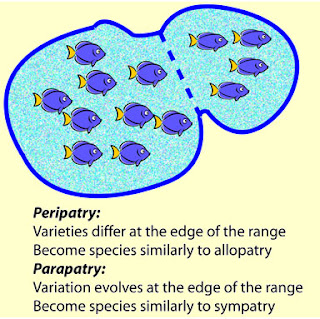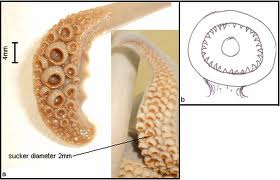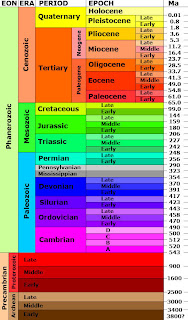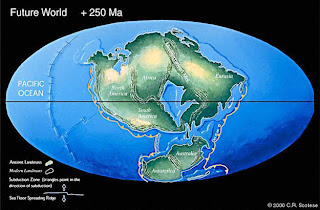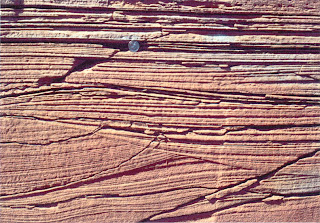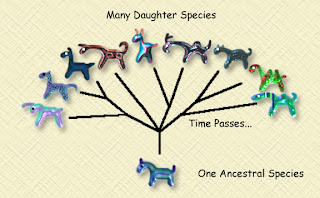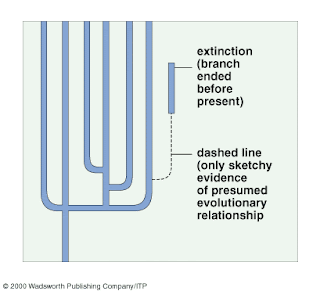adhering junction: Junction where a mass of anchored proteins help adjoining cells adhere.
adipose tissue: A connective tissue having an abundance of fat-storing cells.
< blood Fluid: connective tissue of water, solutes, and formed elements (blood cells, platelets). Transports substances to and from cells, helps maintain internal environment.
< dense, irregular connective tissue: Animal tissue with fibroblasts, many asymmetrically positioned fibers in ground substance. In skin and some capsules around organs.
<! dense, regular connective tissue: Animal tissue with rows of fibroblasts between parallel bundles of fibers. In tendons, elastic ligaments.
< ectoderm: The first-formed, outermost primary tissue layer of animal embryos; gives rise to nervous system tissues and integument's outer layer.
endocrine gland: Ductless gland that secretes hormones, which the bloodstream distributes.
endoderm: Inner primary tissue layer of animal embryos; source of inner gut lining and derived organs.
epithelium: Animal tissue that covers external surfaces and lines internal cavities and tubes. One surface is free and the other rests on a basement membrane.
exocrine: gland Glandular structure that secretes products, usually through ducts or tubes, to a free epithelial surface.
gap junction: Cylindrical arrays of proteins in the plasma membrane that pair up as open channels for signals between adjoining cells.
gland cell: A cell that secretes products unrelated to their own metabolism for use elsewhere
homeostasis: State in which physical and chemical aspects of internal environment (blood, interstitial fluid) are being maintained within ranges suitable for cell activities.
internal environment: Blood + interstitial fluid.
loose connective tissue: Animal tissue with fibers, fibroblasts loosely arrayed in semifluid ground substance.
mesoderm: Primary tissue layer of all large, complex animals; gives rise to many internal organs and part of the integument.
nervous tissue: Connective tissue composed of neurons and often neuroglia.neuroglia: Collectively, cells that structurally and metabolically support neurons. They make up about half the volume of nervous tissue in vertebrates.
neuron: Type of nerve cell; basic communication unit in most nervous systems.
organ: Body structure with definite form and function that consists of more than one tissue.
organ system: Organs interacting chemically, physically, or both in a common task.
skeletal muscle tissue: Striated contractile tissue that is the functional partner of bone.
smooth muscle tissue: Nonstriated contractile tissue found in soft internal organs.
tight junction: Cell junction where strands of fibrous proteins oriented in parallel with a tissue's free surface collectively block leaks between the adjoining cells.


